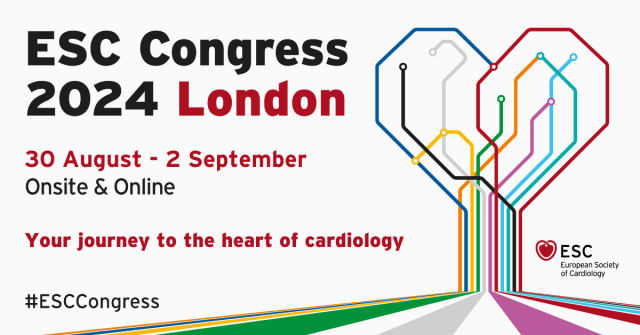The aim of this stud was to compare the clinical benefits of OCT guided PCI (optical coherence tomography) vs angiography guided PCI, when assessing major cardiovascular events (MACE) at one year.

The study recruited 1,604 patients undergoing DES stenting for complex coronary anatomy. Patients were randomized 1:1. Mean age was 64, 80% were men and 49% had been diagnosed with acute coronary syndrome.
OCT allowed using stents with larger diameters (3.2 mm vs 3.0 mm; P<0.001), lower residual stenosis (12.0% vs 14.0%; P<0.001) and larger minimal luminal diameter (2.75 mm vs 2.59 mm; P<0.001).
As regards the primary end point of MACE at one year, it was 4.6% in among OCT patients and 7.4% for angiography, which represented an absolute reduction of 2.8% (HR 0.62; CI95% 0.41-0.93; P=0.023). When looking at secondary events, there were significant differences with higher incidence of spontaneous acute MI and reduced need for new target vessel revascularization.
Read also: ESC 2024 | SCOFF Trial: Fasting or No Fasting before Cardiac Catheterization Procedures.
The study also classified patients according to whether the angiography had been optimized or not, using three criteria: adequate stent expansion, good apposition, and absence of edge dissection. Those with optimized angiography presented a 77% reduction in events vs. patients with suboptimal outcomes (HR 0.33; CI95% 0.17-0.65; P=0.001).
This multicenter study showed that OCT guided treatment of complex coronary lesions resulted in lower incidence of adverse events such as cardiac mortality, AMI, stent thrombosis, and need for new revascularization at one year.
Presented by Byeong-Keuk Kim at the Hot-Line Sessions, ESC Congress 2024, August 30 thru September 2, London, England
Subscribe to our weekly newsletter
Get the latest scientific articles on interventional cardiology





